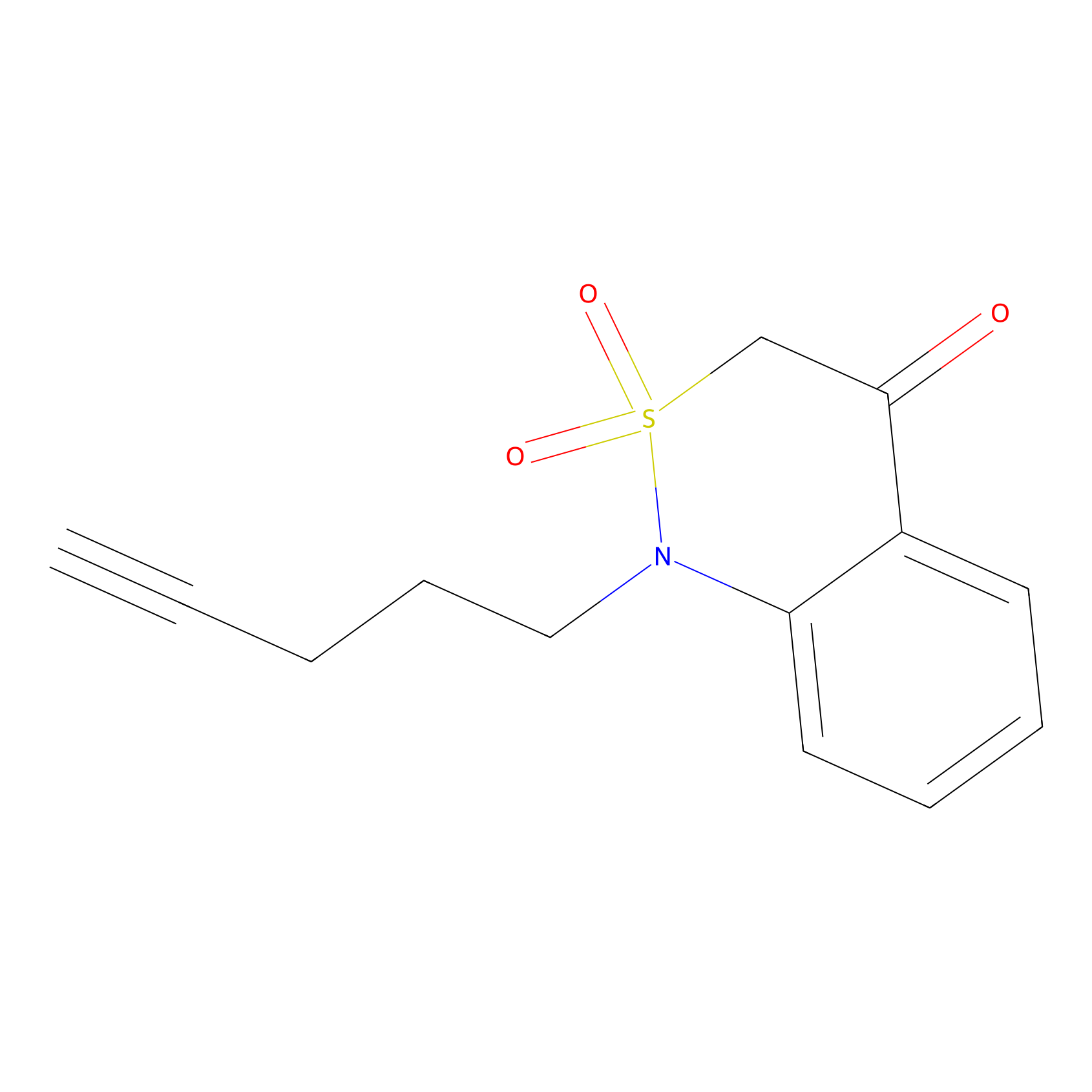Details of the Target
General Information of Target
Probe(s) Labeling This Target
ABPP Probe
| Probe name | Structure | Binding Site(Ratio) | Interaction ID | Ref | |
|---|---|---|---|---|---|
|
DBIA Probe Info |
 |
C210(2.03) | LDD3487 | [1] | |
|
BTD Probe Info |
 |
C46(1.02) | LDD2136 | [2] | |
Competitor(s) Related to This Target
References
